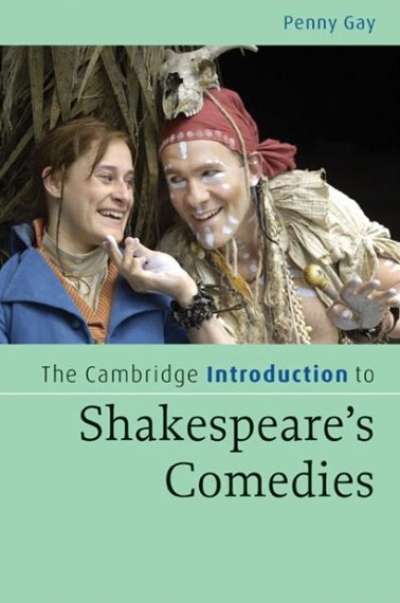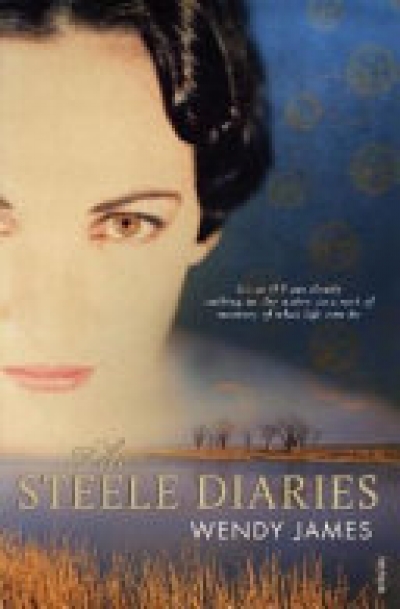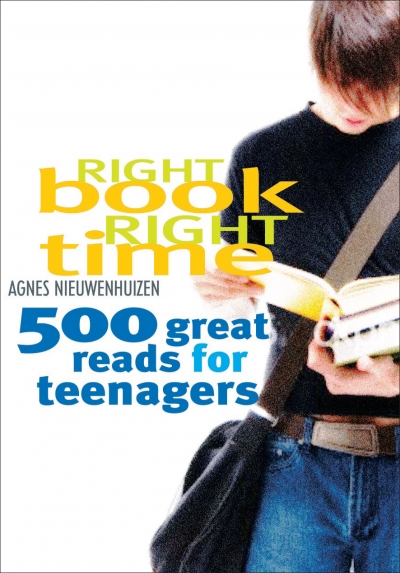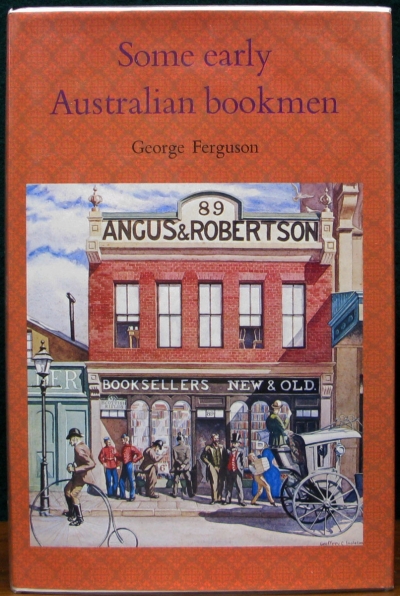This is a novel about a mother, daughter, and granddaughter. Two of these women are artists, and the third is a medical practitioner. Wendy James explores creativity and the price it exacts, especially if the artist is a woman. James is also interested in biography, its limitations and potentially destructive effects. The title, The Steele Diaries, refers to the journals of a celebrated book-illustrator, Zelda Steele. In the 1960s, Zelda is a young mother of two, temporarily living separately from her husband when, mysteriously, she dies by drowning in the local river. This occurs just as she is fulfilling her potential as an artist. The main narrative is a first-person account by Zelda’s (now adult) daughter, Ruth, a doctor who has spent her life resenting her famous mother and modelling herself on her beloved father, Richard, the respected GP of an outback country town. Ruth’s inner journey towards an adult understanding of her mother and, thence, herself provides the central narrative. The trajectory begins immediately after her father’s death in the late 1990s, when Ruth is contacted by Douglas Grant, an international art critic and biographer of her long dead grandmother, modernist landscape painter Annie Steele. Annie was the first wife of painter Ed Steele, Australia’s most famous modernist artist. Douglas Grant, a lover of Zelda’s when they were young, is aware that she kept a journal and now wants to base a biography upon it. Grant is convinced that it must have been in Richard’s possession during the years since Zelda’s death.
...
(read more)




